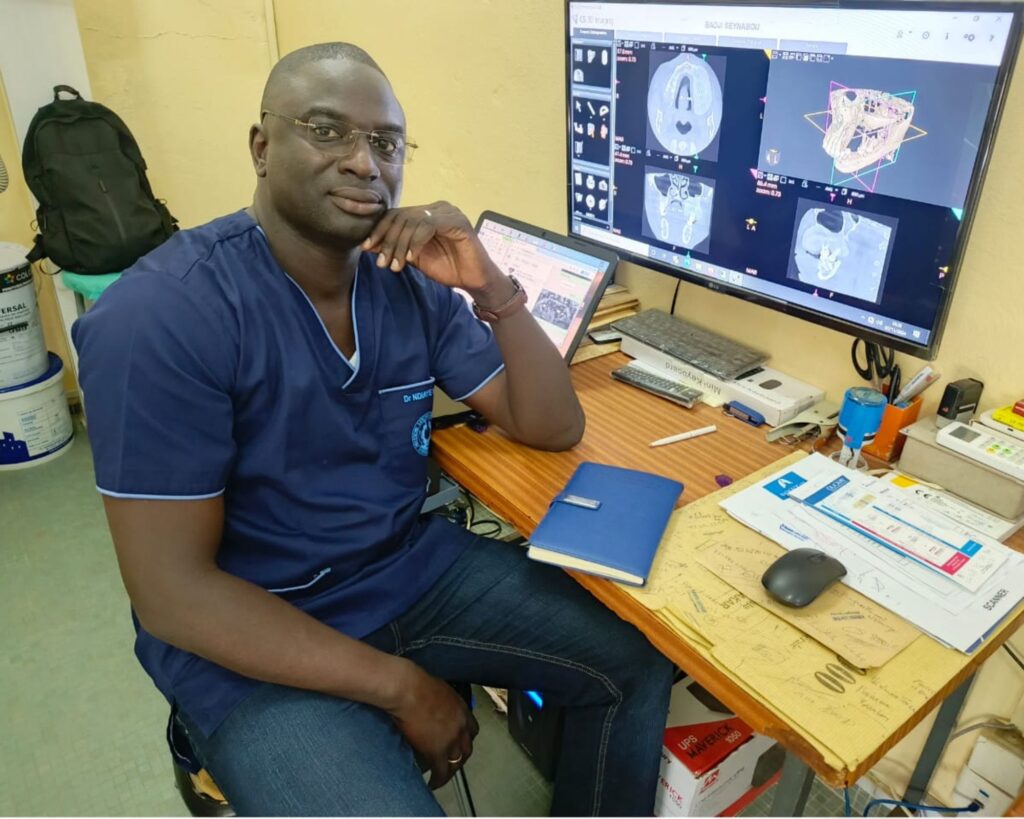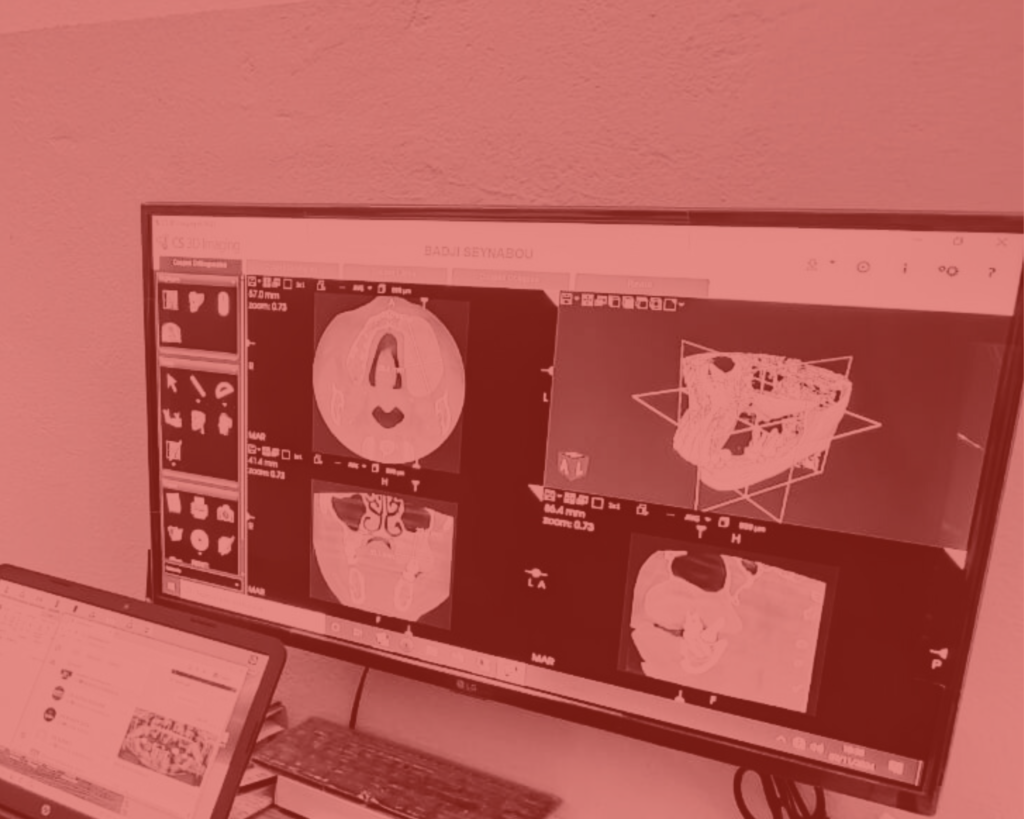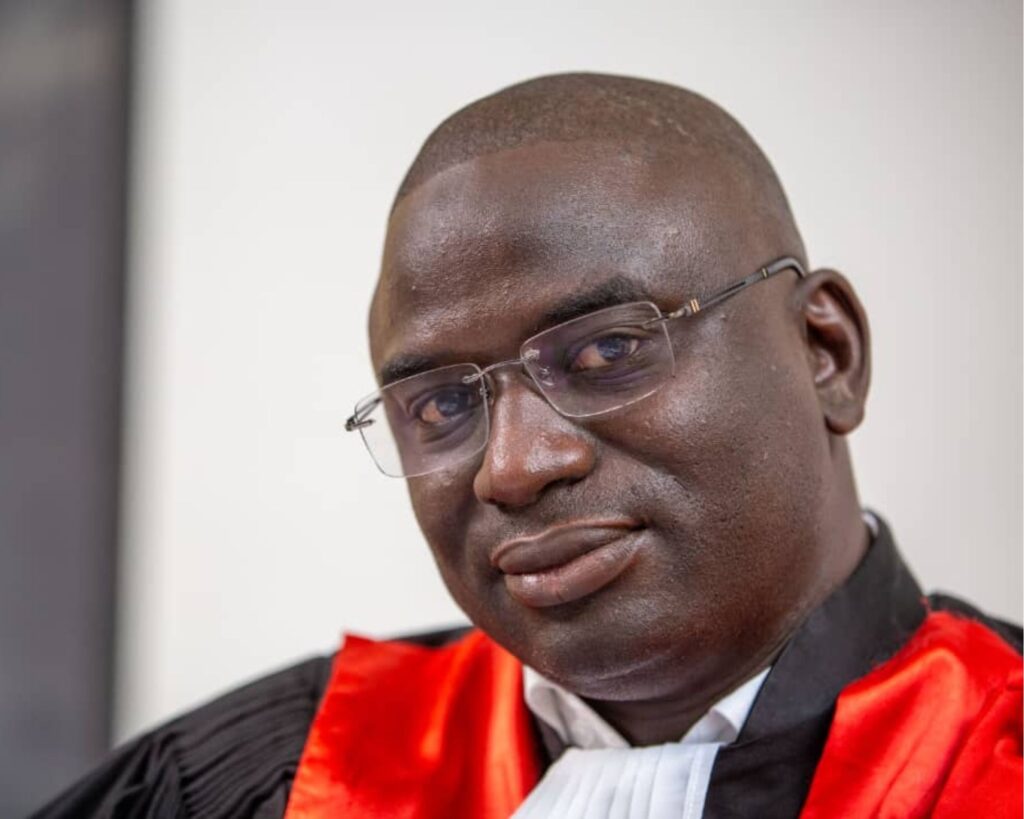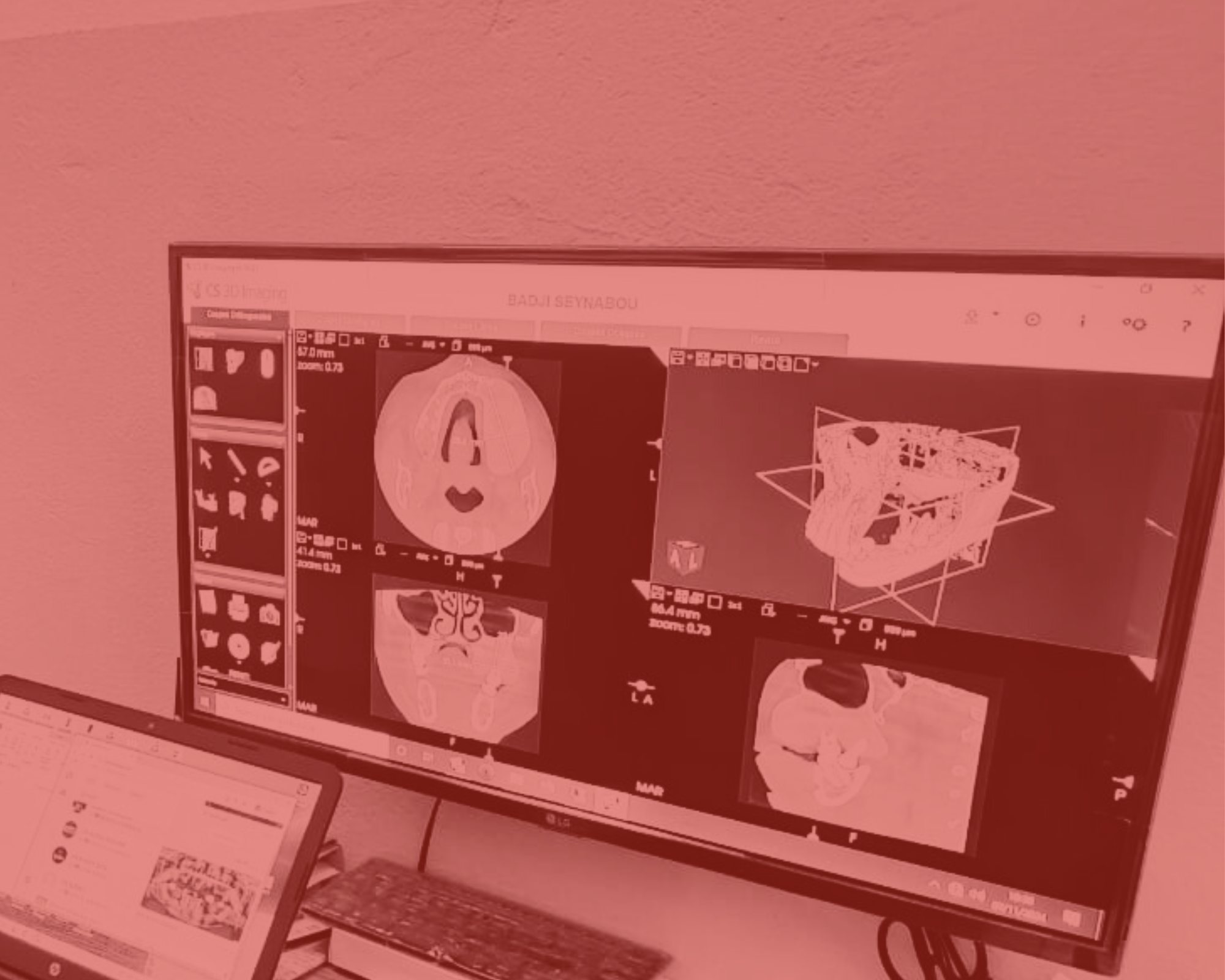World Radiology Day, celebrated on 8 November, is dedicated to recognising the impact of medical imaging on global health.
Launched by the European Society of Radiology (ESR), the Radiological Society of North America (RSNA) and the International Organisation of Medical Physics (IOMP), it aims to raise awareness among the public and healthcare professionals of the advances, challenges and prospects of radiology. I would like to take this opportunity to pay tribute to the pioneers of this magnificent speciality, in particular to all my masters in Senegal and to my colleagues in radiology for the tremendous work they do to improve the health of our populations.
I’d like to take this opportunity to talk to you about Dento-Maxillofacial Radiology, particularly in Senegal. Dentomaxillofacial radiology is a sub-specialty of radiology that focuses on oral and maxillofacial structures. It is a very young specialty in French-speaking Africa. It encompasses conventional radiography techniques such as panoramic radiography, teleradiography of the skull and intra-oral radiography, and advanced imaging techniques such as cone-beam computed tomography, also known as Cone Beam CT. These examinations are crucial to the diagnosis and management of orofacial conditions such as caries and its complications, dental and maxillo-mandibular trauma, tumour and cystic pathologies, and temporo-mandibular joint disorders.

Cone Beam Computed Tomography (CBCT) imaging and digital workflow have become essential in modern dentistry, particularly for planning implant, orthodontic and surgical treatments. Thanks to dedicated software, treatments can be planned virtually and then carried out with maximum precision. The digital workflow makes it possible to create 3D-printed surgical guides based on CBCT images and intra-oral scans, for ultra-precise implant placement. By integrating CBCT with digital workflow, clinicians can improve diagnostic accuracy and predictability of outcomes, making treatments safer and more effective.
Despite its importance, dento-maxillo-facial radiology faces a number of challenges in Senegal. There is a worrying lack of modern equipment, such as Cone Beam CT, with fewer than five machines available nationwide. Panoramic radiography, which is of vital importance in diagnosing orofacial pathologies, remains difficult to access, particularly in the regions, some of which do not even have such equipment.
Accessibility for the general public is also a major issue. For a large proportion of the Senegalese population, particularly outside Dakar, the capital, which has only one public referral centre – the dento-maxillo-facial radiology department of the Institute of Odontology and Stomatology of the Faculty of Medicine, Pharmacy and Odontology at UCAD – radiology services are often inaccessible.

The lack of specialists is also an obstacle: Senegal has only one specialist in dento-maxillo-facial radiology, despite the importance of this speciality in modern dentistry. This is a major handicap for patient care. Training colleagues and raising awareness among the authorities are the first steps towards promoting dento-maxillo-facial radiology.

Professor Mamadou Lamine NDIAYE
Dental surgeon
Lecturer-Researcher, FMPO, UCAD
Associate professor of dento-maxillo-facial radiology
Head of dento-maxillo-facial radiology, IOS, FMPO, UCAD
